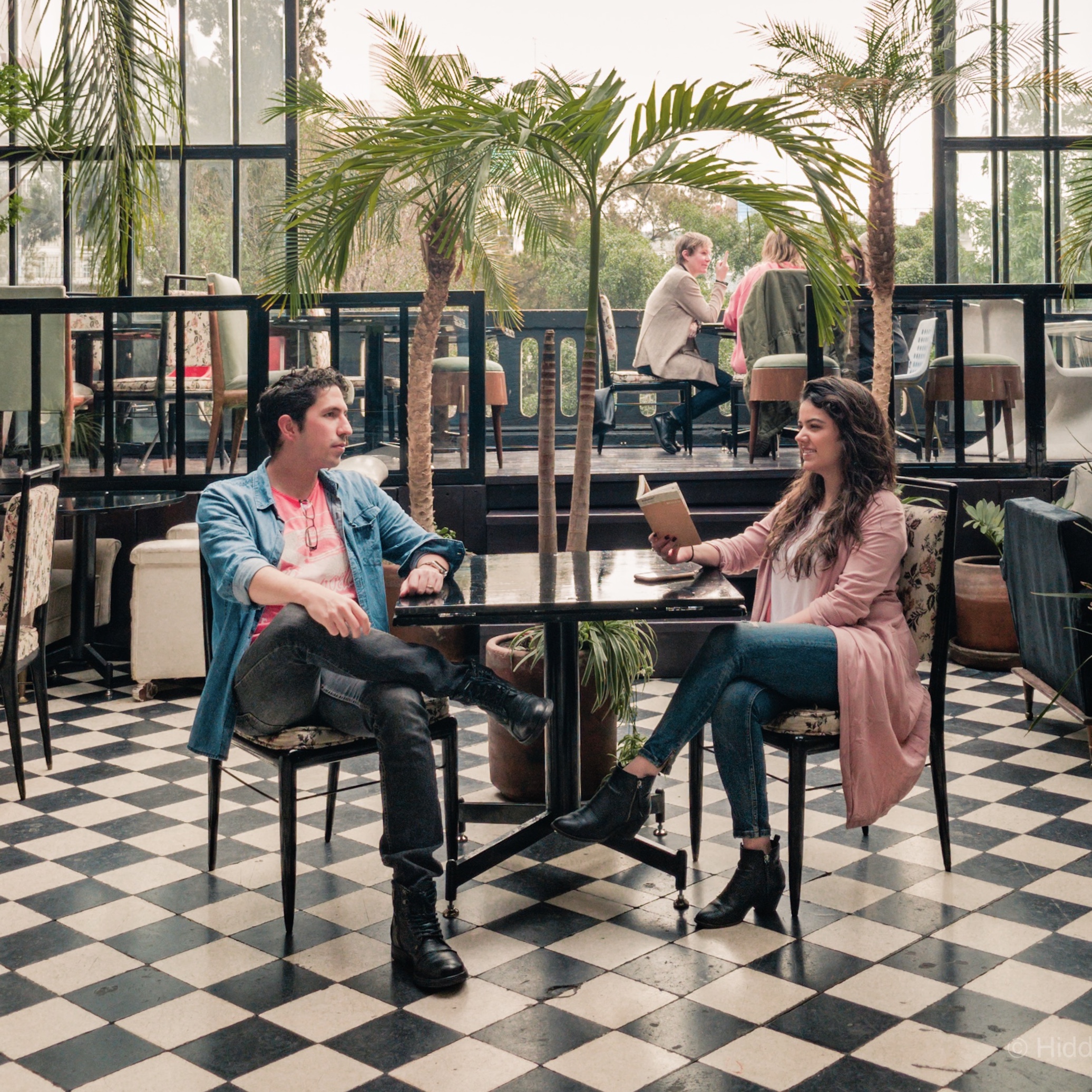
As you may already know, the Day of the Dead is one of the most important and celebrated dates in Mexico. A colorful and very spiritual festivity that goes back to pre-Hispanic times, but has been transforming through the years. How? Keep reading…
Although every state has its own beautiful shinding, last year we decided to spend this celebration in the Island of Janitzio, in Michoacán, because we’d heard it was one of the top 5. Now, we can see why…
Every November 1st many boats make their way through the waters of Pátzcuaro’s lake to the Island of Janitzio, where one can witness the locals gathering at the cemetery to decorate the tombs of their loved ones with food, candles, tons of marigolds and photographs, and preparing themselves to spend the night there in family.
It may sound creepy being at night at the cemetery, but there’s something about this particular festivity that makes it a very peaceful and spiritual experience. Just look at these pictures!













Behind the Day of the Dead celebrations
According to the Aztecs, when a person died of a natural cause his body was be swallowed by the goddess Tlaltecuhtli for his soul to be ‘released’ and start its journey up through the nine levels of the Mictlán (the underworld)– yep, sort of like the nine circles in Dante’s inferno–, where he would meet the gods of death to get their permission for an eternal rest.
A long journey during which the family would put up every year an altar (known in Mexico as ‘ofrenda’) to the gods of death as a way to ensure an eternal rest. With Christianism this altar became a remembrance of the deceased, instead of an offering to the gods.

As for the act of putting food and flowers in the tombs, some researches have pointed out that it actually comes from the Spanish who did it yearly in the 16th century. Only they didn’t stay the entire night by the tombs, that’s an indigenous addition that emerged years after.
So… Pre-Hispanic, Christian or mixed the base is practically the same. To honor the life of our loved ones. And that’s what we love the most about the famous ‘Day of the Dead’. People who shaped and marked our lives deserve a day to be remembered and celebrated, don’t you think?
Have you celebrated the Day of the Dead in other parts of Mexico? How was it!? We’d love to know.
Useful information
Where we stayed
We booked this hotel for three days to enjoy the celebrations in Janitzio and Pátzcuaro. Pátzcuaro actually offers regional dances through out the day, like the dance of the elderly, altars and catrinas competitions, and a beautiful market full of traditional crafts.
How to get to Pátzcuaro
Buy a ticket to Pátzcuaro in Morelia’s bus station (‘Central de Autobuses’). Single trip is $55.00 mxn.
*To get to Morelia (Michoacán’s capital) from Mexico City: buy a bus ticket to Morelia at Mexico City’s ‘Central de Autobuses del Norte’ station. It’s around $500.00 mxn (depends if you choose first or third class, and the type of bus). The nicest ones are: Primera Plus and ETN.
How to get to the Island
- From the city of Pátzcuaro take one of the vans that park along ‘Calle Ibarra’ (Ibarra street). They’ll have a sign that says ‘Lago’ (lake). The ride is extremely cheap: $8.00 mxn for a single ride.
- Once they leave you at the dock (it’s not a long journey), you’ll see a HUGE queue to buy boat tickets. Don’t worry, it moves fast. Round trip costs $60.00 mxn per person.
- It’ll take 30 minutes to get to the Island. Calculate your time so you don’t miss the fishermen at 18:00. We suggest getting to the dock at 17:00, so that you can get on the boat by 17:30.
Going back to your hotel
- Hop on any of the boats parked in Janitzio’s dock, showing your roundtrip ticket.
- Vans will be waiting to give you a ride back in the spot they left you, right at the entrance. They’ll leave you in Pátzcuaro’s main plaza.


Thanks for sharing so many details and so much information–it is all greatly appreciated! While I have visited Morelia and Patzcuaro in years past, I had not known about Janitzio until reading your article.
Author
Hi, Marie! So happy you liked the post. We’ll soon share our guide to Pátzcuaro and you’ll see in detail the beautiful Janitzio. Thanks for reading!!